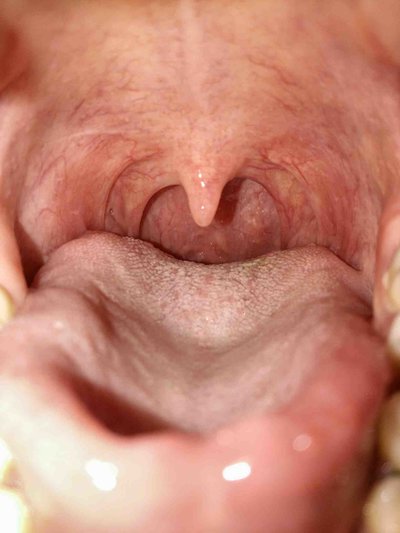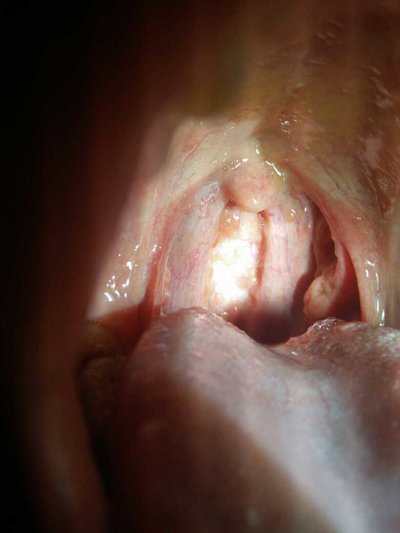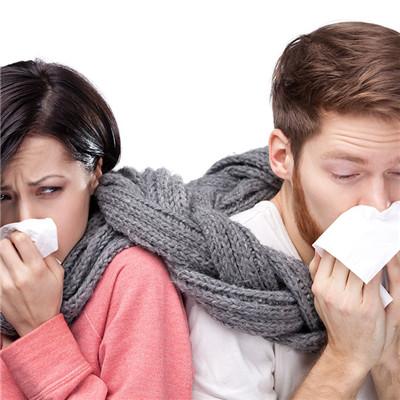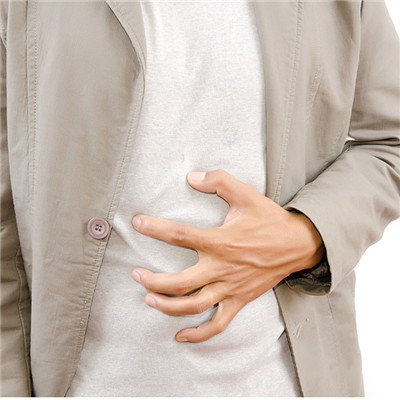Symptoms of acute bronchitis?
summary
Acute bronchitis is the inflammation of bronchial mucosa caused by virus or bacteria infection. It is a common and frequently occurring disease in infants, often secondary to upper respiratory tract infection, and also an early manifestation of pneumonia. The disease usually involves trachea and bronchus at the same time, so the correct name should be acute tracheobronchitis. The clinical features were cough with (or without) increased bronchial secretions. Symptoms of acute bronchitis? Let's talk about it
Symptoms of acute bronchitis?
Acute infectious bronchitis often begins with symptoms of acute upper respiratory tract infection: nasal congestion, discomfort, chills, low fever, back and muscle pain, and sore throat. Severe cough is usually a sign of bronchitis. At the beginning of dry cough without phlegm, but a few hours or a few days later a small amount of sticky sputum, later more mucus or mucopurulent sputum. Obvious purulent sputum indicates multiple bacterial infections.
Some patients have burn like retrosternal pain, aggravated when coughing. In severe cases without complications, fever was 38.3-38.8 ℃ for 3-5 days. Then the acute symptoms disappeared (although the cough continued for several weeks). Persistent fever suggests pneumonia. Dyspnea secondary to airway obstruction may occur.

Acute bronchitis without complications has almost no pulmonary signs. There may be scattered high or low tone dry rales, occasionally twirling or wet rales at the bottom of the lung. Especially after coughing, wheezing is often heard. Persistent local chest signs indicate the occurrence of bronchopneumonia. Therefore, some people think that acute bronchitis can be called "transient asthma", rather than "pulmonary infection".

matters needing attention
Patients should rest until their temperature is normal. Patients should be encouraged to drink water during fever. Antipyretic analgesics (e.g. aspirin or acetaminophen for adults; Acetaminophen can relieve discomfort and reduce body temperature in children.













